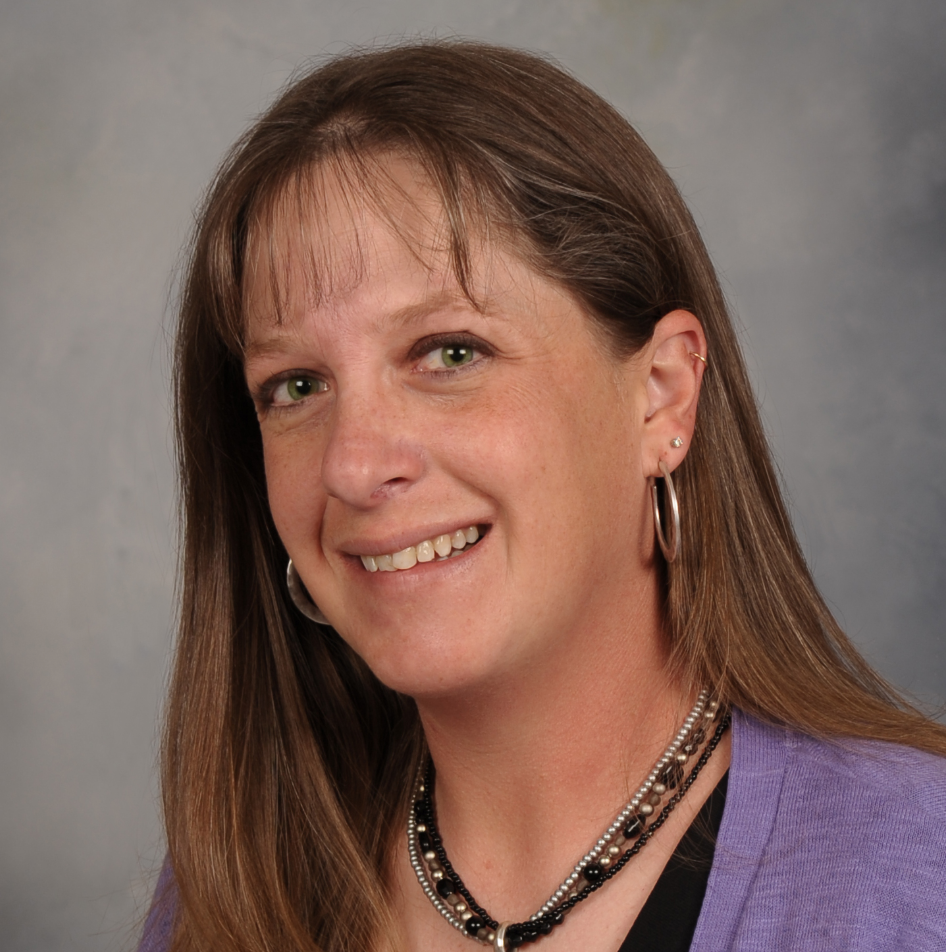
The severe drought has affected most aspects of our lives. Crops are struggling and water is scarce for livestock. In Barton County, is also means that there is little water at Cheyenne Bottoms, the largest inland marsh in the United States and a major resting point for many migratory birds on their way South. So, what happens when the Bottoms has little to no water? Where do the birds go? And when will they come back? How does this effect other wildlife, and subsequent hunting, in the area?
On Nov. 8, starting at 6 PM, join K-State Research and Extension at Cheyenne Bottoms Education Center, located at 592 NE K 156 Hwy, Great Bend, KS for a program over wildlife and the drought. Drew Ricketts, KSRE Wildlife Specialist, will talk about how drought affects the pheasant population and migration patterns of waterfowl. Chip Redmond, assistant meteorologist for the KSU Weather Data Library and manager of the Kansas Mesonet will be showing us the drought patterns and the weather outlook for the next year. We will also have Mike Oldham, Wildlife Refuge Manager at Quivira and Tom Bidrowski from Cheyenne Bottoms on hand to answer questions about the wetlands areas.
There is no fee to attend, but we do need an RSVP for a meal count by Nov. 4. Contact Alicia Boor at [email protected] or 620-793-1910, or Wendy Hughes at [email protected] or 620-257-5131. This program is sponsored by Eldridge Fencing, Kansas Trophy Experience, The Original Kansas Trophy Whitetails, and Fowl Plains.
Alicia Boor is an Agriculture and Natural Resources agent in the Cottonwood District (which includes Barton and Ellis counties) for K-State Research and Extension. You can contact her by e-mail at [email protected] or calling 620-793-1910.



